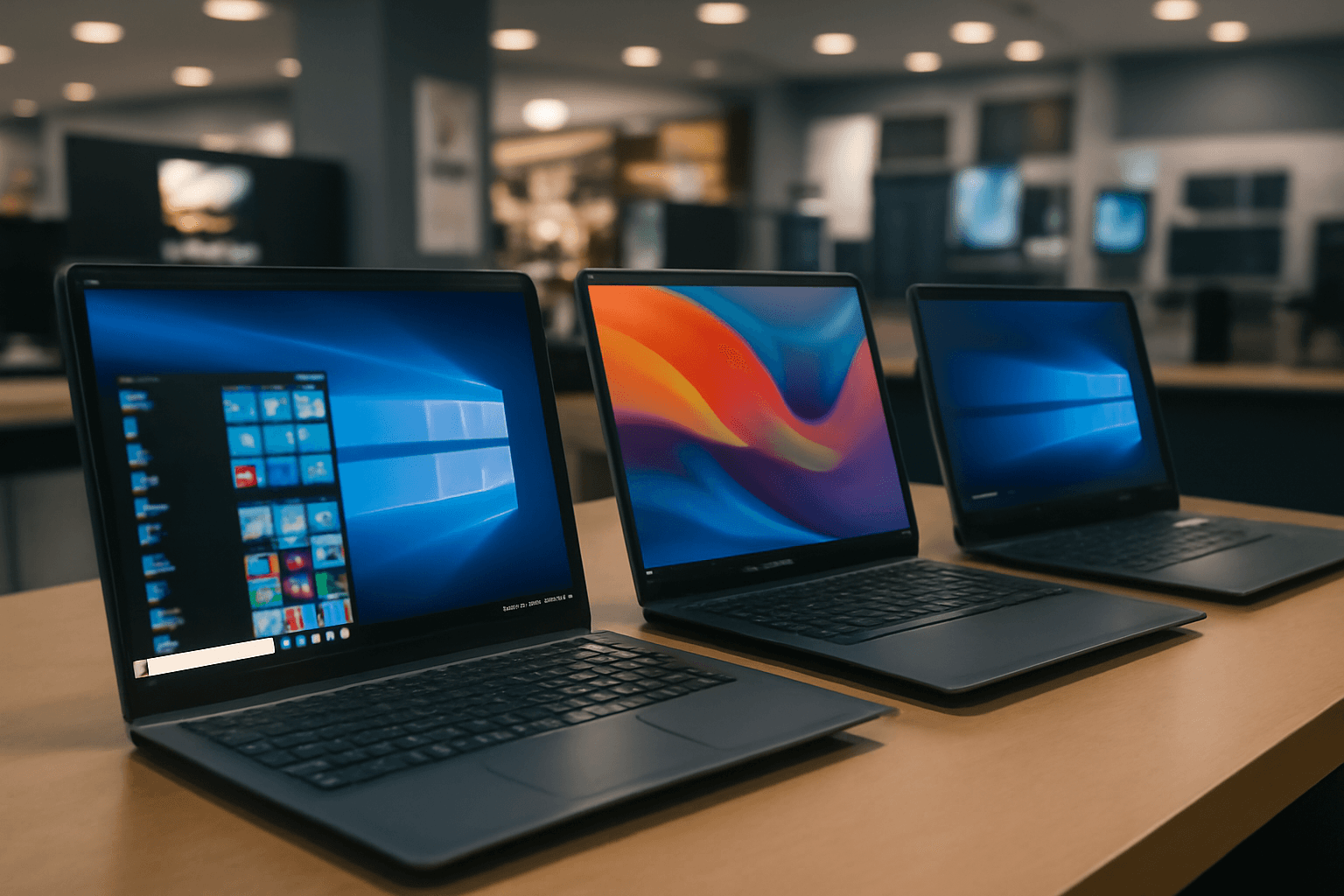Jack Dorsey Introduces Bitchat: A Peer-to-Peer Messaging App Without the Internet
Twitter co-founder and tech innovator Jack Dorsey has unveiled Bitchat, a groundbreaking messaging platform that communicates exclusively via Bluetooth mesh networks. This novel app operates without the need for internet connectivity, centralized servers, phone numbers, or even traditional user accounts, setting a new standard for privacy and decentralization in digital communication.
How Bitchat Works: Bluetooth Mesh Networks and Ephemeral Messaging
Bitchat leverages a mesh network created by nearby devices connected through Bluetooth. Instead of routing messages through internet servers, messages travel device to device, hopping across clusters of phones to reach recipients beyond the ordinary Bluetooth range. This system relies on “bridge” devices that connect overlapping clusters, effectively extending communication across larger distances without online infrastructure.
Messages exchanged on Bitchat are end-to-end encrypted, ephemeral by default, and stored only on the sender’s and recipient’s devices — meaning no central data repositories or permanent records. This approach emphasizes user privacy and resilience against surveillance or censorship, echoing Dorsey’s long-standing commitment to decentralized, secure communication platforms.
Features Designed for Off-Grid and Censorship-Resistant Communication
In line with technology used during emergencies and protests worldwide, where internet shutdowns impede connectivity, Bitchat offers a crucial alternative. The app’s peer-to-peer design means it remains functional even when traditional networks fail or are intentionally blocked.
- Group Chats (Rooms): Users can create password-protected groups identified by hashtags, facilitating private community discussions.
- Store-and-Forward: Messages can be queued and delivered once the recipient comes back online, ensuring communication isn't lost.
- Future WiFi Direct Support: Planned updates promise to integrate WiFi Direct, enhancing message speed and range beyond Bluetooth’s limitations.
Why Bitchat Matters: Privacy, Decentralization, and User Control
Unlike conventional messengers like WhatsApp or Facebook Messenger, which depend on centralized servers and personal data collection, Bitchat operates without accounts or personal identifiers. This model eliminates data tracking and reduces vulnerability to centralized censorship or surveillance.
For policymakers and privacy advocates in the U.S., Bitchat's launch is a timely response to ongoing debates around data privacy, digital rights, and platform accountability. It represents a push towards digital sovereignty, empowering users to own their communications infrastructure and secure their digital footprints in an era of increasing government and corporate scrutiny.
Expert Insight: The Broader Implication of Decentralized Messaging
Digital security experts view Bitchat as part of a growing movement embracing decentralization to combat the risks posed by centralized platforms. By deploying Bluetooth mesh technology, Bitchat not only safeguards communication during unrest or censorship but also challenges how mainstream platforms monetize user data.
Looking ahead, expanded adoption of such technology could reshape emergency communication protocols, anticipate more resilient social networks, and prompt regulators to rethink policies on digital privacy and infrastructure ownership.
Getting Started With Bitchat
The beta version of Bitchat is currently available via TestFlight for iOS users, inviting early adopters and privacy-conscious individuals to explore its capabilities. The full technical white paper is publicly accessible, reflecting Dorsey’s transparent approach to development and peer review.
Editor’s Note
Bitchat emerges at a pivotal moment when digital privacy, freedom of expression, and decentralized technology are converging in public discourse. While the app is still in beta, its vision for censorship-resistant communication could inspire significant shifts in how we connect, especially in crises. Readers should consider: Could off-grid messaging reshape the digital landscape? And how might regulators balance innovation with security concerns in decentralized tech?











